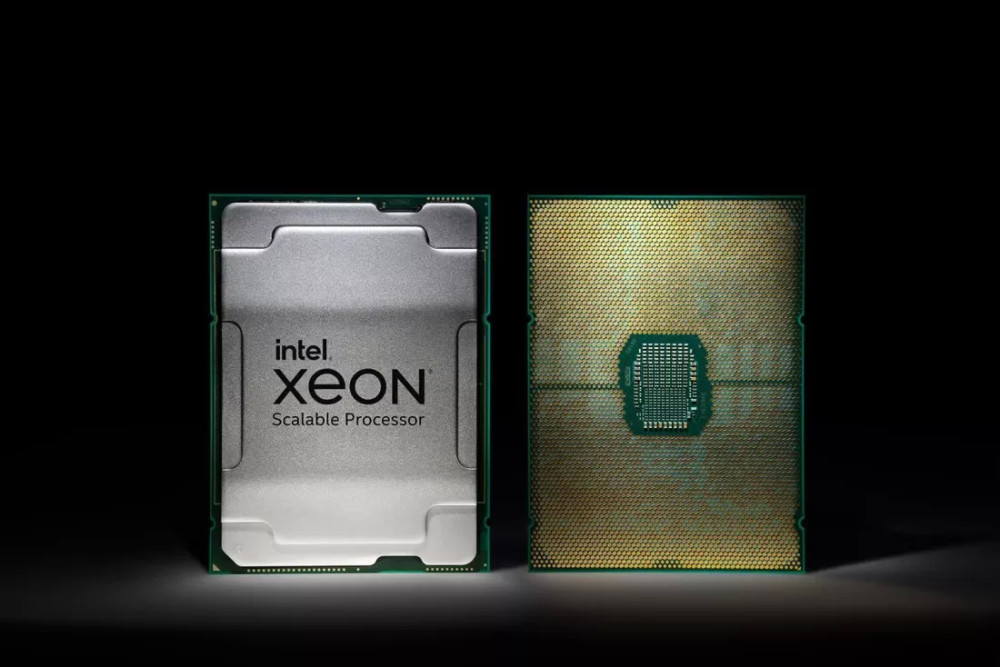Source: cnBeta
While Intel still accounts for a huge 90 percent share of the x86 server CPU market, AMD has been expanding its presence in the enterprise space since the release of zen-based EPYC chips. Intel hopes to prevent this from continuing with their upcoming Xeon Sapphire Rapids line, which is expected to launch later this year.

Intel's next-generation Xeon data center processor, codenamed Sapphire Rapids, has just been leaked. Like Intel's consumer Alder Lake series, it will take chipmaker's Golden Cove architecture and Intel 7 process nodes, formerly known as 10nm enhanced SuperFin.
After several delays, the processors are expected to debut later this year, similar to Intel's mainstream Raptor Lake line. They will provide up to 56 cores and 112 threads, with a maximum TDP of 350W. It's worth noting that the enforced BIOS power limit is set to a staggering 764W, and with workloads using the AVX-512, it can reach that goal.
As we can see from the leaked screenshot, the 56 nuclear engineering sample has a 112MB L2 cache and a 105MB L3 cache. Intel will also introduce models with up to 64GB of package HBM2e as L4 cache. The leaked CPU has a base clock of 1.9 GHz and an boost clock of 3.3 GHz, and although it can be boosted to 3.7 GHz on a single core, the final shipped product may run at a different frequency because this is just an engineering sample.
This design may eventually be the Xeon Platinum 8476 or the Platinum 8480, as both are predicted to have 56 cores and 112 threads. The CPU was tested on Intel's C741 (Emmitsburg) platform, with 1TB of DDR5 memory running in CL40-39-38-76 timing and supporting PCI-Express 5.0.
These CPUs will be pitted against AMD's Epyc 7004 (Genoa) series, which should arrive at the same time. These products will feature the new Zen 4 architecture, up to 96 cores and 192 threads, and will be fabricated using TSMC's 5nm nodes.